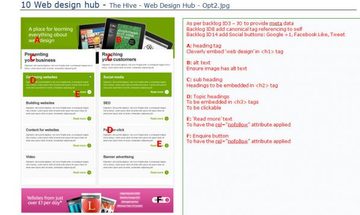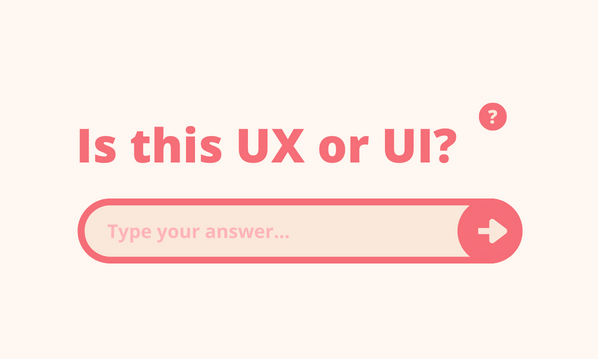
User experience is a broad term that describes the overall experience when a customer interacts with a website.
Elements of user experience
To ensure a good user experience, you need to think about:
- how easy the site’s functionality is to understand – is it immediately clear what the user is looking at and what they have to do?
- how familiar the layout and navigation feels – although innovative designs can be interesting, doing away with a traditional navigation menu (for example) would confuse many visitors
- how intuitive the interface is to use, and how it relates to real-world experience – eg pressing a button to make something happen
- how reassuring the site feels – eg how secure it feels when submitting personal data, or whether it’s clearly acknowledged that the user has completed a purchase
- how efficiently the user can carry out tasks on the site – looking at (for example) the number of clicks taken from entry point to completion, or the amount of time spent on each page deciding what action to take
- how well the content satisfies the user’s needs (eg to find a particular piece of information) and how valuable the user judges that to be
- how accessible the site is on different browsers, and for users with disabilities – for example, providing meaningful image alt text for the visually impaired who use a screen reader
- how pleasant the site is to interact with generally – both its separate elements (eg a shopping cart function, the page loading time or the colour scheme) and as an overall experience
User experience design
User experience is a largely subjective issue, as it very much depends on the needs, expectations and experience of the individual user. As a result, many website designers and owners aren’t sure how to make sure their site gives a good experience for customers.
There are many ways to improve user experience, including having clear and unambiguous navigation, making key content easy to find and scan, and building your site to W3C accessibility standards.
However, the easiest way to find out what your customers want and need is to ask them! User testing for your website helps you get to the heart of any usability issues, and ultimately meet customer expectations – which can benefit any business.





